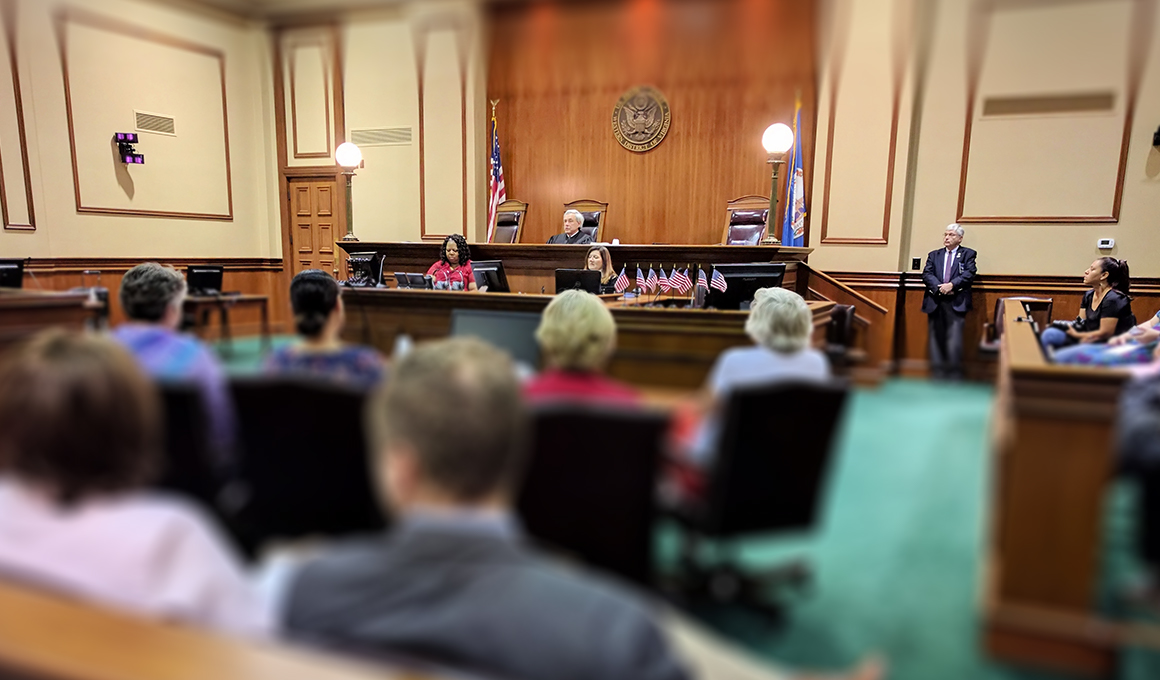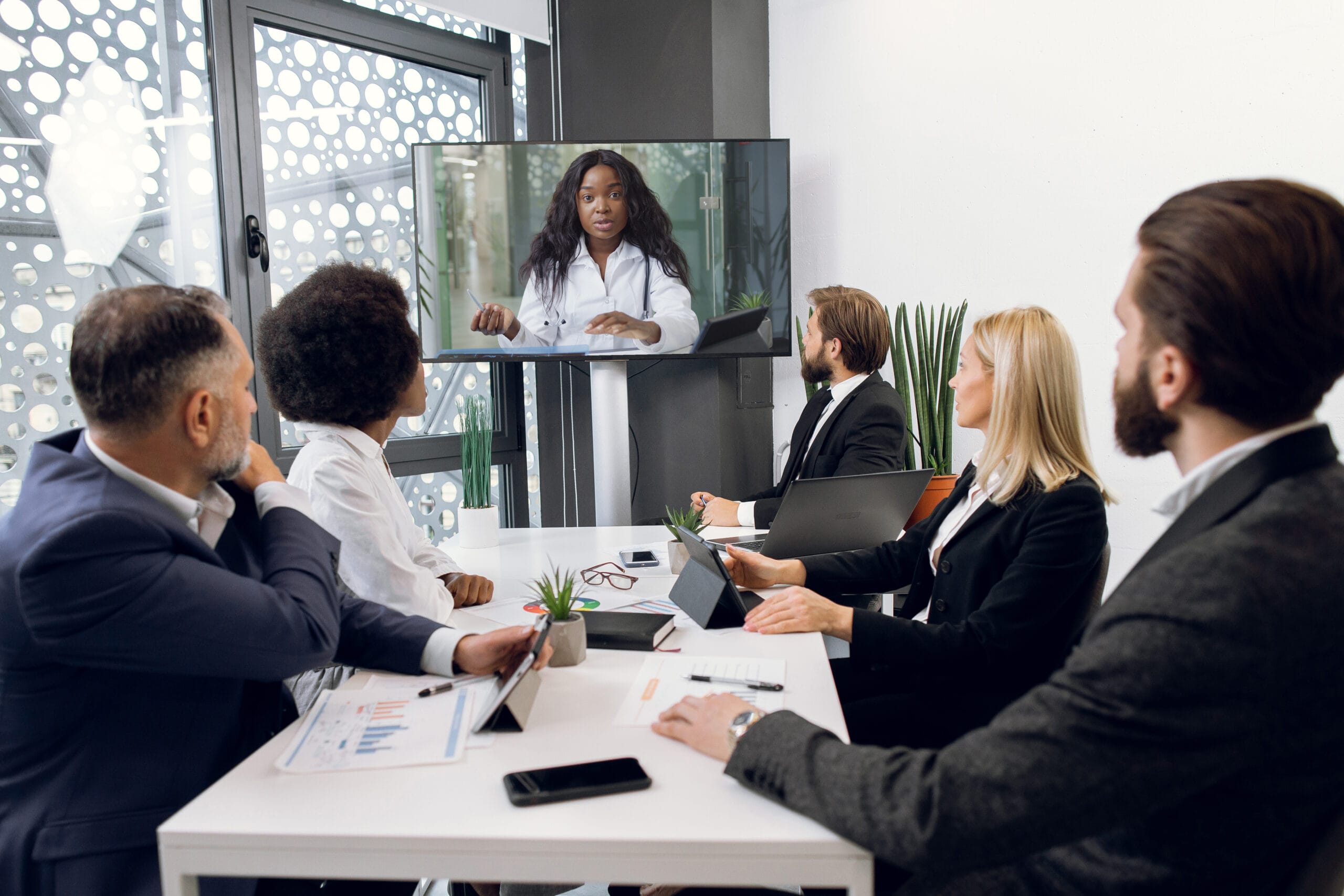Professional Trial Presentation Reliable Services for Courtroom Displays
Professional Trial Presentation Reliable Services for Courtroom Displays
Blog Article
Captivate the Court: Vital Components of a Powerful Test Presentation
In the world of lawful campaigning for, the capacity to astound a court is paramount to the outcome of a test (trial presentation). Essential elements such as comprehending the audience, crafting a compelling narrative, and mastering verbal and non-verbal communication are vital parts of an effective discussion. Moreover, the strategic usage of visual aids can considerably improve comprehension and retention of key arguments. As these factors intertwine, they develop a cohesive approach that not just educates however likewise engages jurors on several degrees. What specific techniques can truly transform a basic presentation right into an unforgettable experience for the jury?

Understanding Your Target Market
Comprehending your audience is a crucial aspect of reliable trial discussion. A successful discussion hinges on the capability to comprehend the demographics, values, and tendencies of jurors. This understanding notifies just how arguments are framed, evidence exists, and psychological appeals are crafted, making certain that the message resonates with the jurors on a personal level.
Research suggests that jurors originated from diverse backgrounds and may have differing degrees of comprehending regarding legal procedures (trial presentation). Hence, it is essential to prevent legal lingo that could push away or perplex them. Rather, using clear, relatable language promotes interaction and understanding. In addition, understanding the jurors' potential biases and life experiences enables the trial speaker to prepare for arguments and address concerns proactively.
Reliable trial discussion likewise involves observing jurors' responses during the proceedings. Involving with jurors as individuals instead than a collective unit is crucial in promoting a solid link in the courtroom.

Crafting an Engaging Story
Crafting a compelling narrative is essential in leading jurors via the intricacies of a case. A well-structured story not only streamlines complex legal principles however also involves jurors on an emotional degree, making the info more relatable and remarkable.
This message needs to resonate with the jurors' worths and experiences, cultivating a connection that goes beyond mere realities. This chronological technique can help jurors comply with the progression of occasions, emphasizing reason and effect.
Including human elements-- such as individual tales or anecdotes-- can better enhance the narrative's influence. These aspects stimulate empathy, enabling jurors to picture the effects of the instance on realities. In addition, employing a constant style throughout the discussion enhances the major argument, making it simpler for jurors to maintain crucial points.
Ultimately, a compelling narrative transforms a trial presentation from a mere recitation of facts into a convincing story that mesmerizes the jury, motivating them to ponder with both reason and emotion.
Utilizing Visual Aids
Incorporating visual help right into a trial presentation can significantly boost jurors' understanding and retention of details. Visual materials such as charts, layouts, pictures, and video clips can change complex lawful principles and evidence right into quickly digestible layouts. By involving multiple detects, these aids allow jurors to envision the situation's crucial elements, making it less complicated for them to adhere to along and comprehend intricate information.
Additionally, well-designed aesthetic aids can stress important points and emphasize connections in between different items of evidence. For example, timelines can successfully illustrate the series of events, while annotated pictures can clarify particular information appropriate to the instance. This not only help in understanding however also strengthens the story presented by the lawyer.
Overly complex or messy visuals may overwhelm jurors and detract from the message. Eventually, efficient aesthetic interaction can be a powerful tool in convincing jurors and assisting them get to educated verdicts.
Understanding Verbal Interaction
Reliable spoken interaction is crucial in a trial presentation, as it works as the key methods where lawyers communicate their disagreements and get in touch with jurors. Grasping this skill entails clearness, persuasion, and interaction. Attorneys must express their factors clearly and concisely, avoiding lawful lingo that might puzzle jurors. Simplicity in language fosters understanding and aids jurors realize complicated issues offered throughout the trial.
Furthermore, tone and pacing dramatically effect how messages are gotten. A confident tone go to this site shares authority, while proper pacing allows jurors to soak up info without really feeling overwhelmed. Lawyers must also vary their singing inflections to highlight bottom lines and maintain jurors' rate of interest throughout the presentation.
In addition, the organization of spoken disagreements is important. Structuring the narrative logically and coherently assists jurors follow the attorney's logic, making it less complicated for them to maintain vital information. Using convincing strategies, such as narration, can also improve the psychological vibration of the arguments provided, therefore creating a more profound link with jurors.
Inevitably, mastering great post to read verbal communication not only enhances a lawyer's case but also promotes trust fund and rapport with the jury, dramatically boosting the chances of a beneficial decision.

Engaging With Body Language
Nonverbal interaction plays an important duty in test presentations, typically sharing messages that words alone can not express. Body language, encompassing motions, posture, face expressions, and eye contact, substantially affects how jurors perceive the reputation and genuineness of the speaker. A confident stance, with shoulders back and an open position, can impart trust fund, while closed-off body movement may suggest defensiveness or uncertainty.

Faces should reflect the click here for info emotions related to the instance, enhancing the story existing. For circumstances, a genuine expression during a touching moment can elicit compassion and reinforce the psychological charm. Inevitably, understanding body movement is essential for effective trial discussions, as it enhances spoken communication and establishes an engaging presence that resonates with the court.
Conclusion
Finally, astounding the court requires a calculated technique that incorporates recognizing the audience, crafting an engaging story, utilizing aesthetic aids, mastering spoken communication, and involving through body language. Each component plays a critical function in producing an effective test discussion that reverberates with jurors on both psychological and intellectual levels (trial presentation). By incorporating these parts effectively, attorneys can dramatically enhance their capacity to persuade and affect court decision-making
Report this page